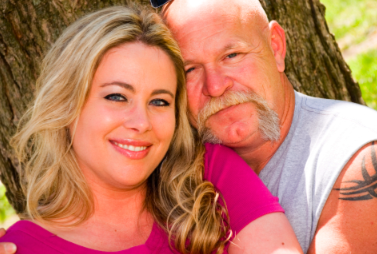Diverticulosis and Diverticulitis
Have you heard the terms: Diverticulosis and Diverticulitis and wondered what it means?
Many people have small pouches in the lining of the colon, or large intestine, that bulge outward through weak spots. Each pouch is called a diverticulum. Multiple pouches are called diverticula. The condition of having diverticula is called diverticulosis. Most people with diverticulosis do not have any discomfort or symptoms, however, some experience crampy pain or discomfort in the lower abdomen, bloating, and constipation.
Diverticula are most common in the lower portion of the large intestine, called the sigmoid colon. When the pouches become inflamed, the condition is called diverticulitis. The most common symptom of diverticulitis is tenderness in the lower left side of the abdomen, usually accompanied by abdominal pain. Usually, the pain is severe and comes on suddenly, but it can also be mild and become worse over several days. The intensity of the pain can fluctuate. A person may experience cramping, nausea, vomiting, fever, chills, or a change in bowel habits.
 If you’re under forty years old you may be in that small percentage of folks with diverticulitis, so what can you do to treat it and, more importantly, prevent it? Eat your vegetables, preferably steamed or raw without the fat-filled sauces. Eat fruit, baked or raw. The best thing that you can do to keep these little pockets from developing in the first place is to eat the fiber that is non-soluble – that is, it will not dissolve in water. You know, the fiber that does not change from going in to exiting your body. So eat well, watch portion size, include a daily sprinkling of flax seed (great on salads and in soups), exercise, and grow healthy.
If you’re under forty years old you may be in that small percentage of folks with diverticulitis, so what can you do to treat it and, more importantly, prevent it? Eat your vegetables, preferably steamed or raw without the fat-filled sauces. Eat fruit, baked or raw. The best thing that you can do to keep these little pockets from developing in the first place is to eat the fiber that is non-soluble – that is, it will not dissolve in water. You know, the fiber that does not change from going in to exiting your body. So eat well, watch portion size, include a daily sprinkling of flax seed (great on salads and in soups), exercise, and grow healthy.
If you’re over 60 you have a 50-50 chance of having little pockets in your sigmoid (lower) bowel. Diverticula are stretched and folded areas that occur because the aging bowel thickens and thins in stressed locations. When there are no symptoms you are living with diverticulitis. When abdominal pain, focusing on the left side (so that you know it’s not appendicitis – the lower right side), comes on suddenly or builds over a period of up to three or four days, seek medical advice.
Other conditions such as irritable bowel syndrome and stomach ulcers have similar problems, so it can be tricky to self-diagnose. People with chronic symptoms should visit their doctor or health care provider. I have had a couple of bouts with these symptoms and went in for medical advice. I had a colonoscopy which confirmed I did not have these pockets in my colon wall. My doctor prescribes antibiotics along with probiotics and I increased my fiber. Now that I eat healthier and exercise regularly these symptoms have not returned.
Some doctors suggest those with Diverticulitis avoid all foods with nuts and seeds, including seeds found in fruits and vegetables such as strawberries, cucumbers, etc., because the food particles could enter, block, or irritate the diverticula. My doctor told me there is no scientific proof that these seeds cause Diverticulitis, but I have family members who tell me when they eat these items, more often than not they end up with symptoms.



[…] Diverticulosis and Diverticulitis […]